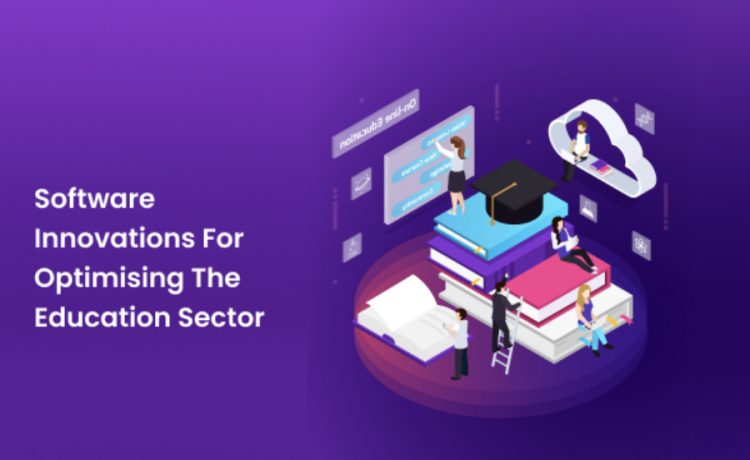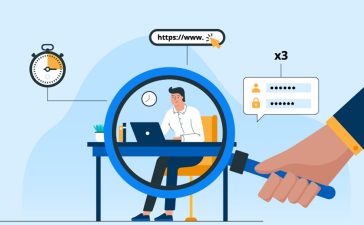As a fundamental pillar of society, education must overcome many obstacles to where it is now. The search for creative answers to pressing problems, including access barriers and the demand for flexible instructional approaches, has been unrelenting. Recent years have seen a glimmer of optimism in the form of software innovation that promises to revolutionize and improve the learning process. The revolutionary impact of software invention on education is explored in this post. It sheds light on how to get to a more flexible and dynamic educational ecology.
The Role of Technology in Education
In recent days our work, communication, and learning have all undergone significant changes due to new technologies. The same is true of the scholarly world. Students and teachers could only learn in actual classes for a long run. However, all of that has changed because of the growth of technology.
One of the most noticeable results of technology’s influence on education is the replacement of physical classrooms with online learning environments. These days, information has never been more accessible to everyone with an internet connection. It’s because there are so many websites, e-books, software for education, and online courses.
Technology has also made it possible for schooling to be more personalized. Adaptive learning tools, in particular, have been essential to this change.
Software Innovations Revolutionizing Education
Adaptive Learning Platforms:
Regarding educational software innovation, adaptive learning platforms are leading the way. These platforms use algorithms and data analytics to tailor each student’s educational experience. They adjust the course content, pace of presentation, and degree of difficulty for every student. It raises interest and improves the standard of education acquired.
For example, the adaptive platform may assign additional tasks until a student thoroughly understands a specific area of mathematics if they are having difficulty with it. However, if students show exceptional proficiency, the system might move them to more advanced lessons. Such individualised learning paths were challenging to implement in conventional educational settings.
Virtual And Augmented Reality in Education:
Education has been revolutionized by introducing virtual and augmented reality (VR and AR) technology. Virtual reality may take students everywhere, from simulated laboratories to distant galaxies. AR allows practical learning by overlapping digital data on the actual world.
Consider a biology lab where students digitally dissect a frog or a history class where they explore ancient Rome. These technologies engage pupils and explain complicated subjects with ease.
Artificial Intelligence in Education:
There has been a radical change with the introduction of AI into educational settings. Chatbots powered by AI may provide instantaneous answers to students’ inquiries. These chatbots are a resource for students who need assistance with anything from basic enquiries to more complex assignments.
AI might also help educators in the classroom. AI may analyse student data to pinpoint knowledge gaps and provide individualised recommendations. If AI can help instructors cut down on paperwork, it would mean more time for instruction.
Collaboration Tools and Learning Management Systems:
Learning Management Systems (LMS) and collaboration technologies have emerged as the mainstays of contemporary education. This software for education facilitates smooth communication between students, teachers, and institutions. Grades, assignments, and course materials are centralised via LMS, which streamlines administrative work. Teachers may monitor their students’ progress, customise the material, and lead conversations.
Students participate in collaborative projects, get easy access to materials, and get quick feedback all in the meantime. Geographical barriers are overcome through real-time interaction. These developments keep closing the gap between conventional and digital learning. It is improving education for all parties involved.
Conclusion
The educational environment has changed dramatically. It gives students more control over their education and guarantees it is relevant to their requirements. This shift is being driven by innovative technology. Educators must adjust to these changes in today’s fast-paced world to maintain a top-notch learning environment. During this period of transformation, education software development services will continue to be crucial.












